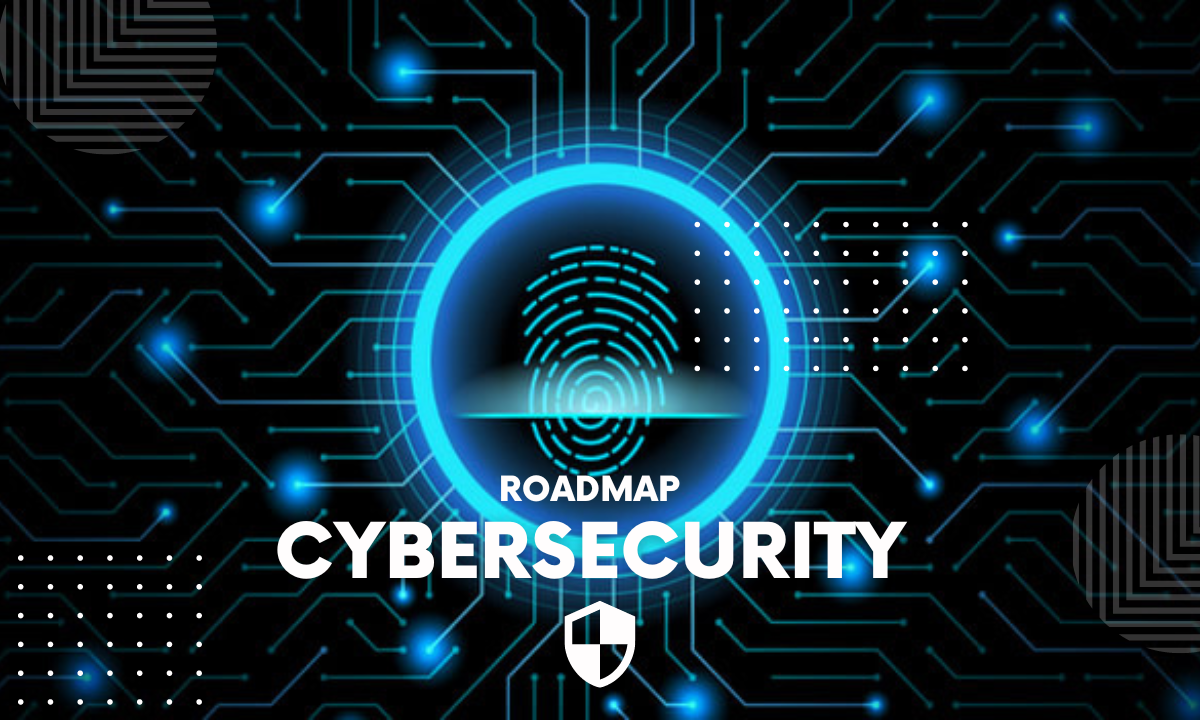Cybersecurity has become a cornerstone of digital safety, safeguarding individuals, organizations, and nations from ever-evolving threats. For aspiring professionals and seasoned experts alike, charting a clear path in this dynamic field is essential. A well-structured cybersecurity roadmap serves as a guide, breaking down complex topics into manageable steps and aligning them with industry requirements. Whether you’re exploring foundational skills like networking and system security or advanced domains such as penetration testing and incident response, this roadmap is designed to help you build a resilient, future-proof cybersecurity career.
1. Understanding Cybersecurity
- Definition: Cybersecurity is the practice of protecting computers, servers, mobile devices, electronic systems, networks, and data from malicious attacks.
- Importance: Cybersecurity is crucial because a successful cyberattack can have severe consequences, including financial loss, data breaches, reputational damage, and legal/compliance issues.
2. Getting Started
- Formal Education: A bachelor’s degree in cybersecurity, computer science, or information technology provides a solid foundation.
- Certifications: Industry-recognized certifications, such as CompTIA Security+ and Network+, demonstrate competency and commitment to the field.
- Essential Skills:
- Technical Skills: Networking concepts (TCP/IP, DNS, VPNs), security tools (firewalls, IDS/IPS, SIEM), operating systems (Windows, Linux), and programming languages (Python, Bash).
- Soft Skills: Analytical thinking, problem-solving, communication, and teamwork.
3. Developing Core Competencies
- Networking and Security Protocols: Master the TCP/IP model, firewalls, VPNs, and network segmentation.
- Cybersecurity Frameworks and Standards: Understand NIST, CIS, and ISO 27001 frameworks.
- Programming for Cybersecurity: Learn Python or Bash for automation and scripting.
4. Advancing Your Career
- Specialize in a Domain: Choose a specific area of interest, such as penetration testing, SOC analysis, threat intelligence, or incident response.
- Networking and Mentorship: Connect with professionals in the field, attend conferences, and seek guidance from mentors.
- Continuous Learning: Stay updated on the latest threats and technologies by pursuing advanced certifications, attending training, and reading industry publications.
5. Exploring Cybersecurity Roles
- Security Operations Center (SOC) Analyst: Monitors security systems, analyzes alerts, and responds to incidents.
- Penetration Tester: Identifies and exploits vulnerabilities in systems and applications.
- Threat Intelligence Analyst: Gathers and analyzes information about potential threats.
- Incident Responder: Investigates and contains security breaches.
- Security Engineer: Designs, implements, and manages security solutions.
- Security Consultant: Advises organizations on security best practices.
6. Building a Personal Brand
- Creating a Cybersecurity Portfolio: Showcase your skills and experience through case studies, blog posts, presentations, and open-source contributions.
- Blogging and Content Creation: Share your knowledge and insights through blogging and social media.
- Networking: Use social media to connect with professionals and build relationships.
7. Landing Your First Job
- Building a Strong Resume and Portfolio: Highlight relevant skills, certifications, and practical experience.
- Job Search Strategies: Utilize online job boards, networking events, and company websites.
8. Incident Response
- Develop and test an incident response plan.
- Implement procedures for detecting and responding to various types of attacks.
- Train employees on cybersecurity awareness and best practices.
9. Advanced Skills for Cybersecurity Analyst L2
- Forensic Investigation: Memory analysis, disk imaging, and log analysis.
- Vulnerability Management: Vulnerability scanning, risk assessment, and remediation.
- Advanced Malware Analysis: Reverse engineering, sandboxing, and behavioral analysis.
- Cloud Security: Securing cloud platforms (AWS, Azure, Google Cloud).
- Compliance and Governance: Understanding cybersecurity frameworks, policies, and regulations.
10. The Cybersecurity Hero’s Journey
- Dedication and Persistence: Cybersecurity requires ongoing effort and a commitment to learning.
- Embrace Challenges: View challenges as opportunities for growth.
- Adaptability: Stay flexible and embrace new technologies and approaches.
- Collaboration: Work effectively with others to achieve common goals.
- Passion for Protecting Digital Assets: A genuine desire to make a positive impact is essential.
- Personalize Your Journey: Tailor your career path to align with your interests and goals.
- Build a Support Network: Seek guidance from mentors, peers, and colleagues.
- Celebrate Your Achievements: Acknowledge your progress and successes.
This roadmap offers a comprehensive overview of the path to becoming a cybersecurity professional. Remember your journey may vary based on your specific interests, skills, and goals.
Soon I will create a very detailed PDF for this journey. Good luck !





